Surgery is the best treatment for children with undescended testicles and the ideal time is when the child is between 6 and 12 months old.
Doctor Pham Xuan Long, Department of Andrology, Tam Anh General Hospital, Ho Chi Minh City, said that the testicles are male sex glands that produce sperm and sex hormones. The testicles form inside the abdomen of a male fetus. Between 25 and 35 weeks of gestation (pregnancy), the baby's testicles move down the small tube in the lower abdomen (inguinal canal) and settle into the scrotum. Normally, both testicles are located in the scrotum. Cryptorchidism means that one or both testicles are missing from the scrotum and are located anywhere along the path of the testicles' descent into the scrotum during the embryonic period (superficial inguinal ring, deep inguinal ring, inguinal canal, in the abdomen).
This condition is usually painless and urination is not affected, but it causes many health problems including: inguinal hernia (abnormal bulge in the groin); testicular torsion, testicular trauma; testosterone (androgen) deficiency; infertility; the risk of testicular cancer is 5-10 times higher than normal people. Men with cryptorchidism will have low sperm count, poor sperm quality and reduced fertility.
Undescended testicles are diagnosed by physical examination when the baby is three months old (if the testicle has not descended into the scrotum by then). In some cases, the undescended testicle can be felt in the lower abdomen.
Surgery is the best treatment for undescended testicles, ideally when the child is between 6 and 12 months old. Dr. Long added that the timing of surgery will depend on a number of factors, such as the child's health and the difficulty of the procedure. Treatment before the age of one can significantly reduce the risk of complications from undescended testicles, such as infertility and testicular cancer. Parents should have their child have surgery as soon as possible, and no later than 18 months of age.
The goal of treatment is to move the undescended testicle to its proper position in the scrotum. In some cases, the testicle may be underdeveloped, have abnormal tissue, or be dead, and the surgeon will remove this tissue. If your child also has an inguinal hernia associated with the undescended testicle, the hernia will be treated during surgery.
![[Caption]. Photo: Freepik](https://vstatic.vietnam.vn/vietnam/resource/IMAGE/2025/1/20/d910c04367df437296a55c373e25f860)
The timing of surgery for undescended testicles will depend on a number of factors such as the baby's health and the difficulty of the procedure. Photo: Freepik
After surgery, your doctor will monitor you to make sure the testicles are growing, functioning properly, and in the right place. Research shows that future sperm quality in boys with undescended testicles is compromised if the condition is not corrected before age two. However, surgery can still be performed at a later age. About 10% of men who undergo corrective surgery for undescended testicles experience reduced fertility later in life.
In about 5% of cases, surgeons cannot find the missing testicle. Experts believe the testicle may have died during development in the womb due to a disruption in blood flow. Missing testicles are also associated with other congenital abnormalities of the urinary system, such as an abnormal network of blood vessels leading to the vas deferens.
In most cases, only one testicle is affected. In about 1 in 10 cases, both testicles are absent from the scrotum (bilateral cryptorchidism). Premature babies are at higher risk of having an undescended testicle because the testicles do not have enough time to move into the scrotum during development in the womb. Low birth weight babies also have a higher rate of undescended testicles. About 17% of male babies weighing less than 5 pounds (2.3 kg) have an undescended testicle. The lower the birth weight, the higher the risk. Nearly 100% of male babies weighing less than 2 pounds (907 g) are born with the condition.
In addition, some other risk factors that increase the risk of undescended testicles in children include: family history of undescended testicles or other problems with genital development; conditions that can limit fetal growth such as Down syndrome or abdominal wall defects; maternal use of alcohol, smoking, or exposure to secondhand smoke during pregnancy; parental exposure to certain pesticides.
Hai My
Source link








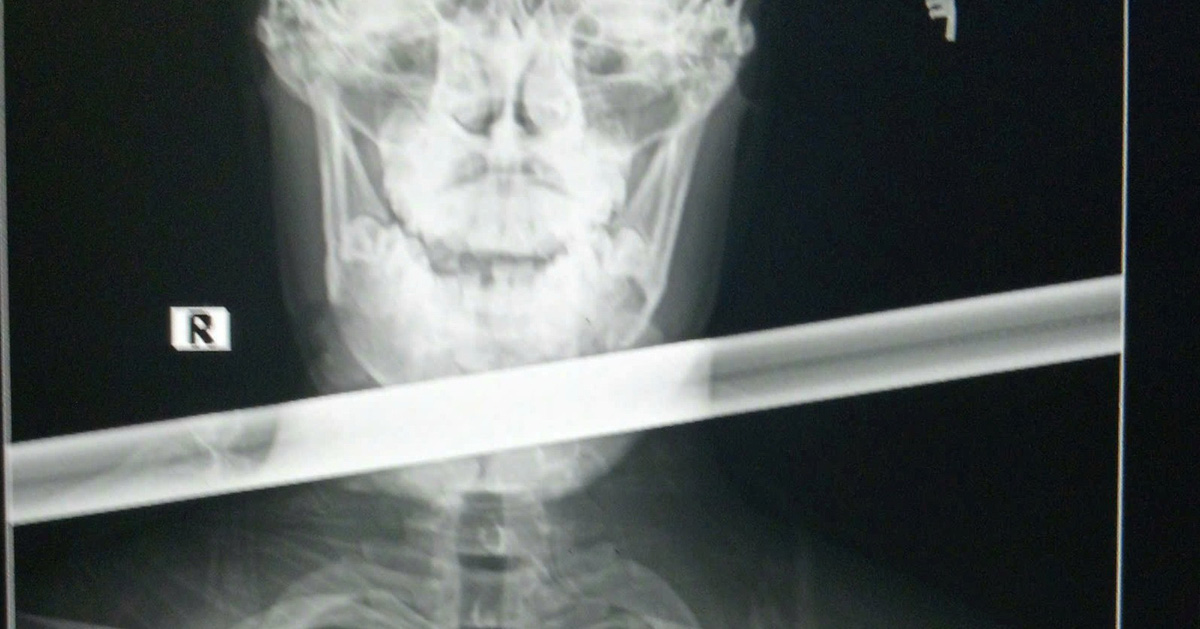





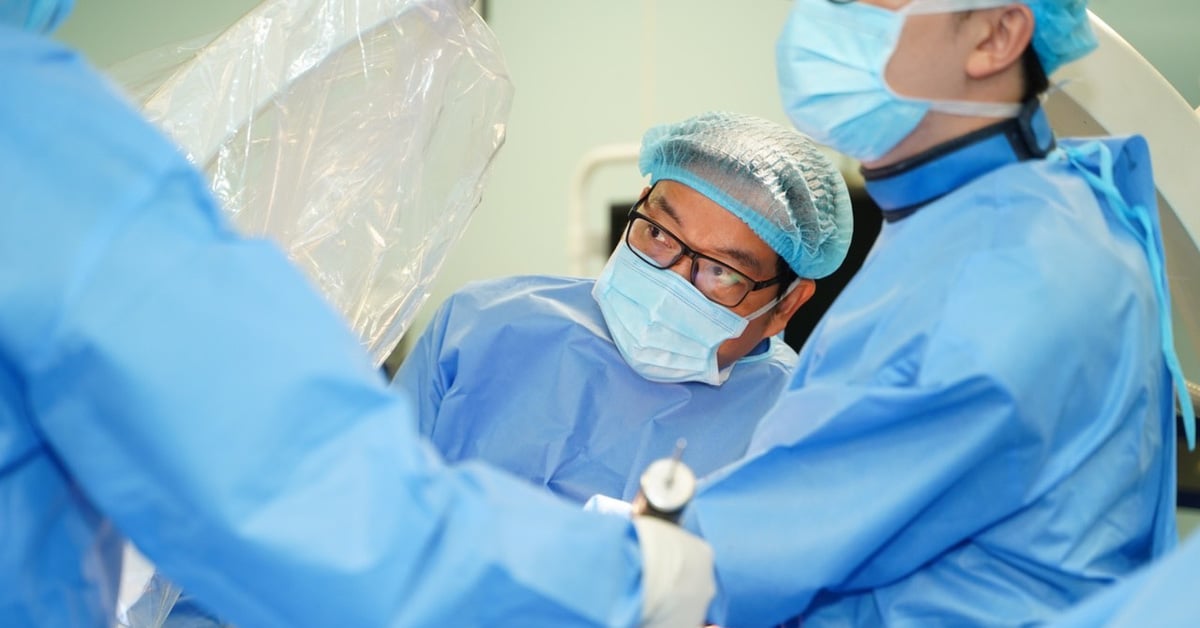






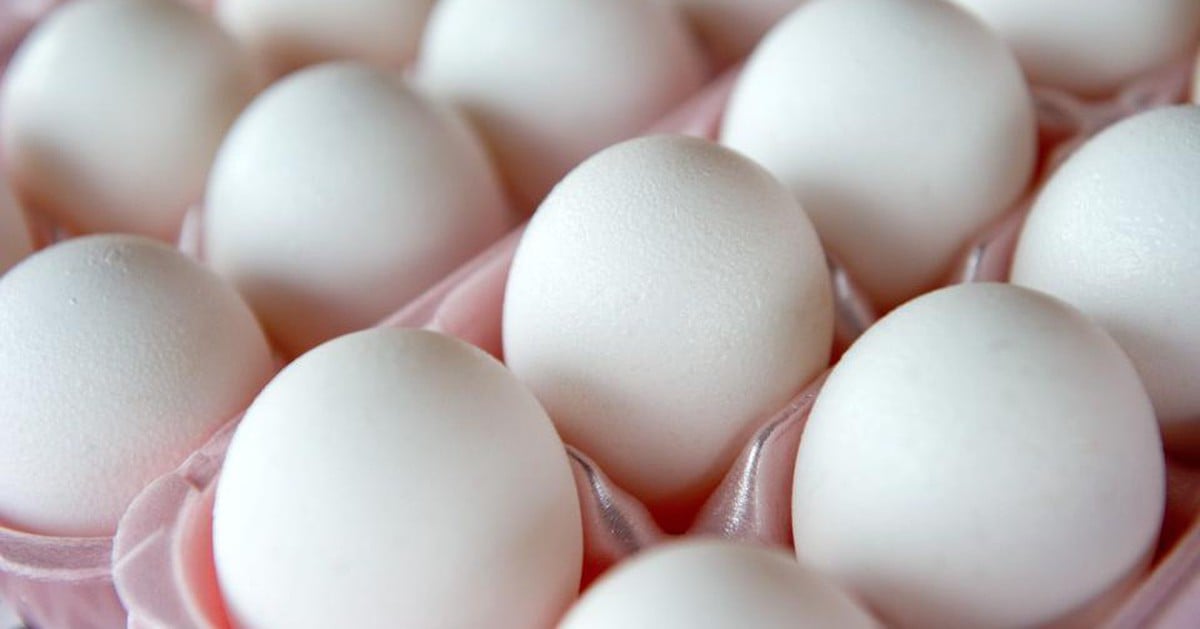
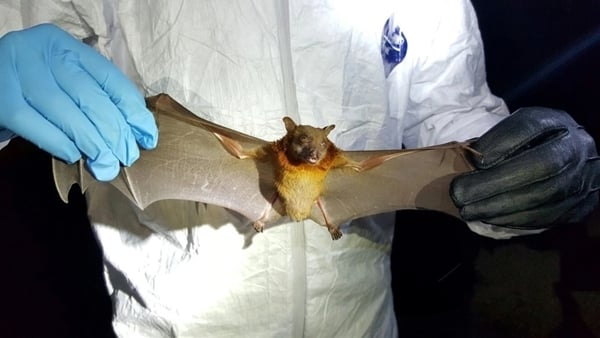

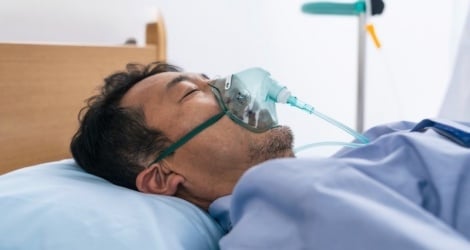














![[Photo] Prime Minister Pham Minh Chinh chairs Government Conference with localities on economic growth](https://vstatic.vietnam.vn/vietnam/resource/IMAGE/2025/2/21/f34583484f2643a2a2b72168a0d64baa)




























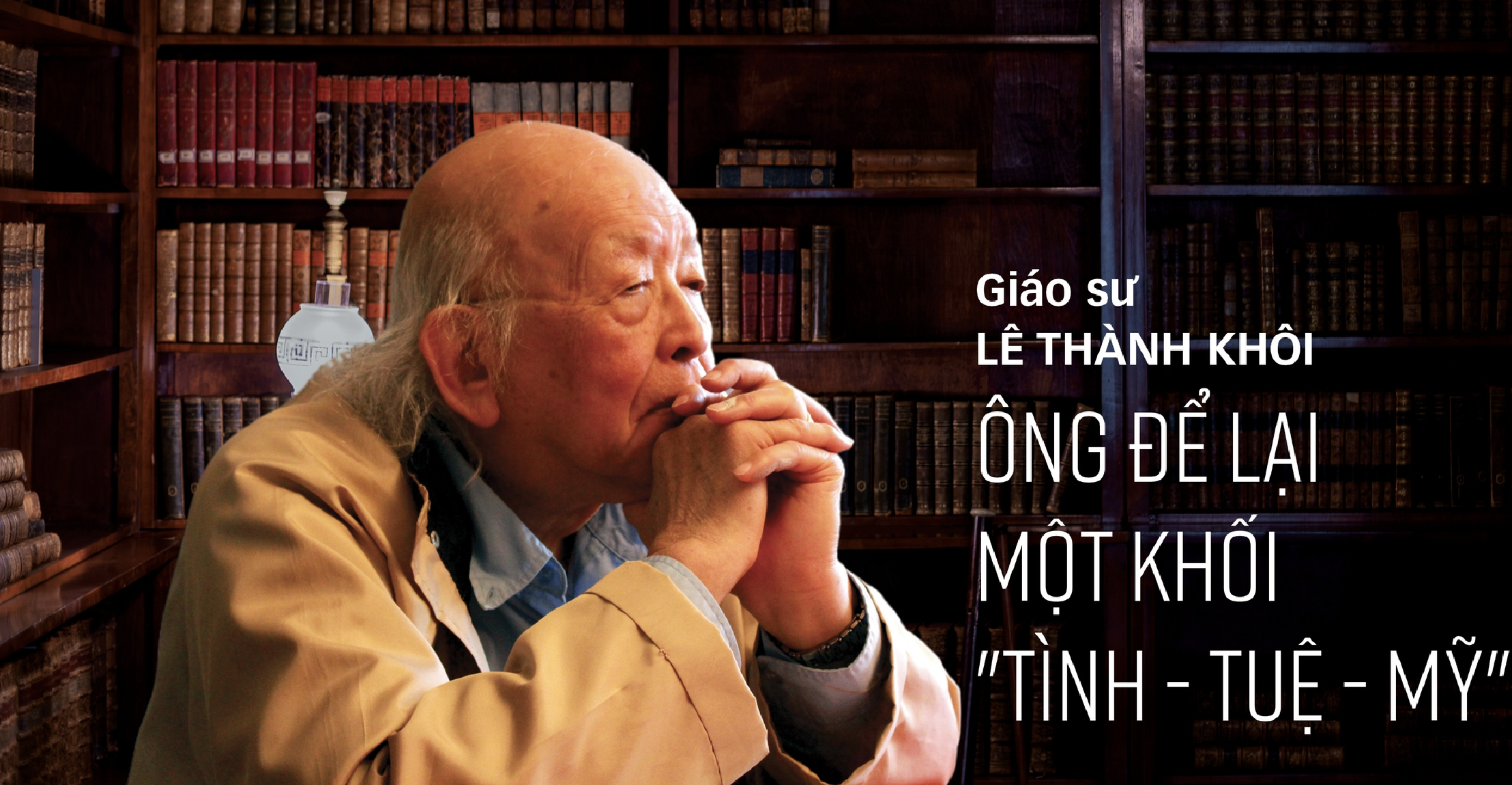






























Comment (0)